正則表達式是對字符串(包括普通字符(例如,a 到 z 之間的字母)和特殊字符(稱為“元字符”))操作的一種邏輯公式,就是用事先定義好的一些特定字符、及這些特定字符的組合,組成一個“規則字符串”,這個“規則字符串”用來表達對字符串的一種過濾邏輯。正則表達式是一種文本模式,該模式描述在搜索文本時要匹配的一個或多個字符串。
上面都是官方的說明,博主自己的理解是(僅供參考):通過事先規定好一些特殊字符的匹配規則,然後利用這些字符進行組合來匹配各種復雜的字符串場景。比如現在的爬蟲和數據分析,字符串校驗等等都需要用到正則表達式來處理數據。
python的正則表達式則是re模塊了:
re 模塊使 Python 語言擁有全部的正則表達式功能。
re 模塊也提供了與這些方法功能完全一致的函數,這些函數使用一個模式字符串做為它們的第一個參數。
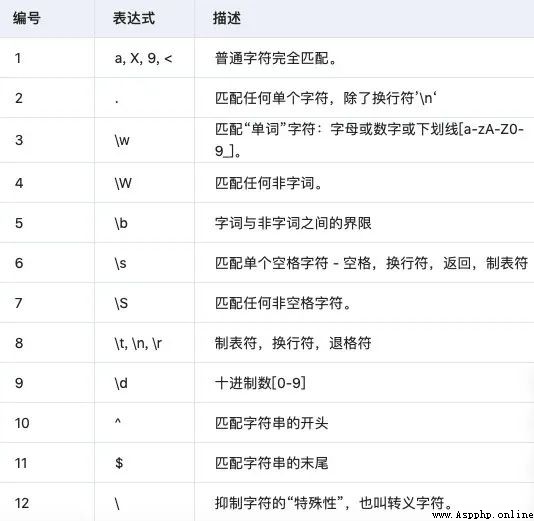
只從字符串的最開始與pattern進行匹配,下面是函數的語法 :
re.match(pattern, string, flags = 0)
這裡是參數的描述 :
pattern - 這是要匹配的正則表達式。
string - 這是字符串,它將被搜索用於匹配字符串開頭的模式。
flags - 可以使用按位OR(|)指定不同的標志。這些是修飾符,如下表所列。
re.match 函數在成功時返回匹配對象,失敗時返回None。使用match(num)或groups()函數匹配對象來獲取匹配的表達式。

示例
#未從初始位置匹配,會返回None
import re
line = 'i can speak good english'
matchObj = re.match(r'\s(\w*)\s(\w*).*',line)
if matchObj:
print('matchObj.group() :',matchObj.group())
print('matchObj.group() :',matchObj.group(1))
print('matchObj.group() :',matchObj.group(2))
print('matchObj.group() :',matchObj.group(3))
else:
print('no match!')

#從初始位置開始匹配
import re
line = 'i can speak good english'
matchObj = re.match(r'(i)\s(\w*)\s(\w*).*',line)
if matchObj:
print('matchObj.group() :',matchObj.group())
print('matchObj.group() :',matchObj.group(1))
print('matchObj.group() :',matchObj.group(2))
print('matchObj.group() :',matchObj.group(3))
else:
print('no match!')

與match()工作的方式一樣,但是search()不是從最開始匹配的,而是從任意位置查找第一次匹配的內容。下面是這個函數的語法 :
re.match(pattern, string, flags = 0)
這裡是參數的描述 :
pattern - 這是要匹配的正則表達式。
string - 這是字符串,它將被搜索用於匹配字符串開頭的模式。
flags - 可以使用按位OR(|)指定不同的標志。這些是修飾符,如下表所列。
re.search函數在成功時返回匹配對象,否則返回None。使用match對象的group(num)或groups()函數來獲取匹配的表達式。
示例
import re
line = 'i can speak good english'
matchObj = re.search('(.*) (.*?) (.*)',line)
if matchObj:
print('matchObj.group() :',matchObj.group())
print('matchObj.group() :',matchObj.group(1))
print('matchObj.group() :',matchObj.group(2))
print('matchObj.group() :',matchObj.group(3))
else:
print('no match!')
使用正則表達式re模塊中的最重要的之一是sub。
re.sub(pattern, repl, string, max=0)
此方法使用repl替換所有出現在RE模式的字符串,替換所有出現,除非提供max。此方法返回修改的字符串。
示例
import re
line = 'i can speak good english'
speak = re.sub(r'can','not',line)
print(speak)
speak1 = re.sub(r'\s','',line) #替換所有空格
print(speak1)
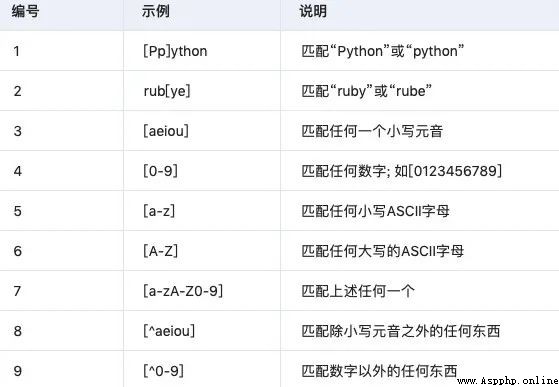
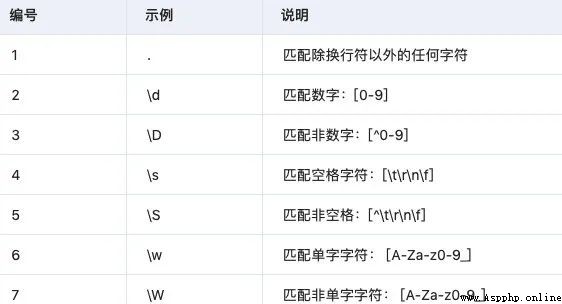
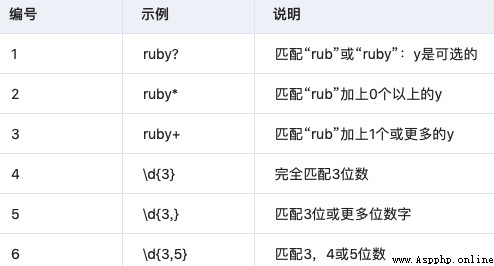
這匹配最小的重復次數:

3.5 圓括號分組

3.6 反向引用
與以前匹配的組再次匹配
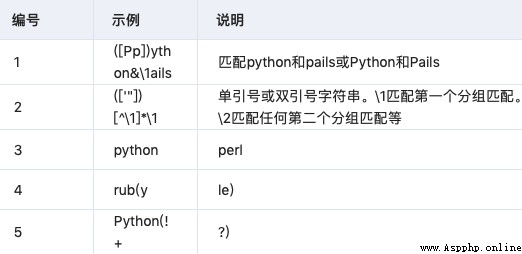
3.7 錨點
需要指定匹配位置。
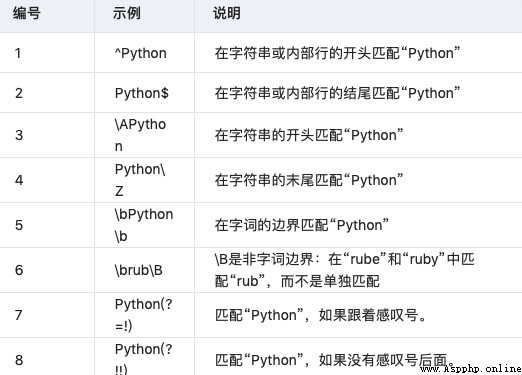
3.8 帶括號的特殊語法

Python正則表達式大全就總結到這裡,快去學習吧!!!
 [quantitative investment system Python] mplfinance drawing K-line diagram 2
[quantitative investment system Python] mplfinance drawing K-line diagram 2
The previous section describes
 Software use cases in micropython kernel development notebook: experiment of I2C part
Software use cases in micropython kernel development notebook: experiment of I2C part
Jane Medium : This paper gives